Predict Transplants and Reduce Rejection Risks with AI Analytics
A technology that analyzes patient data, automatically detects risks, and helps doctors make faster decisions
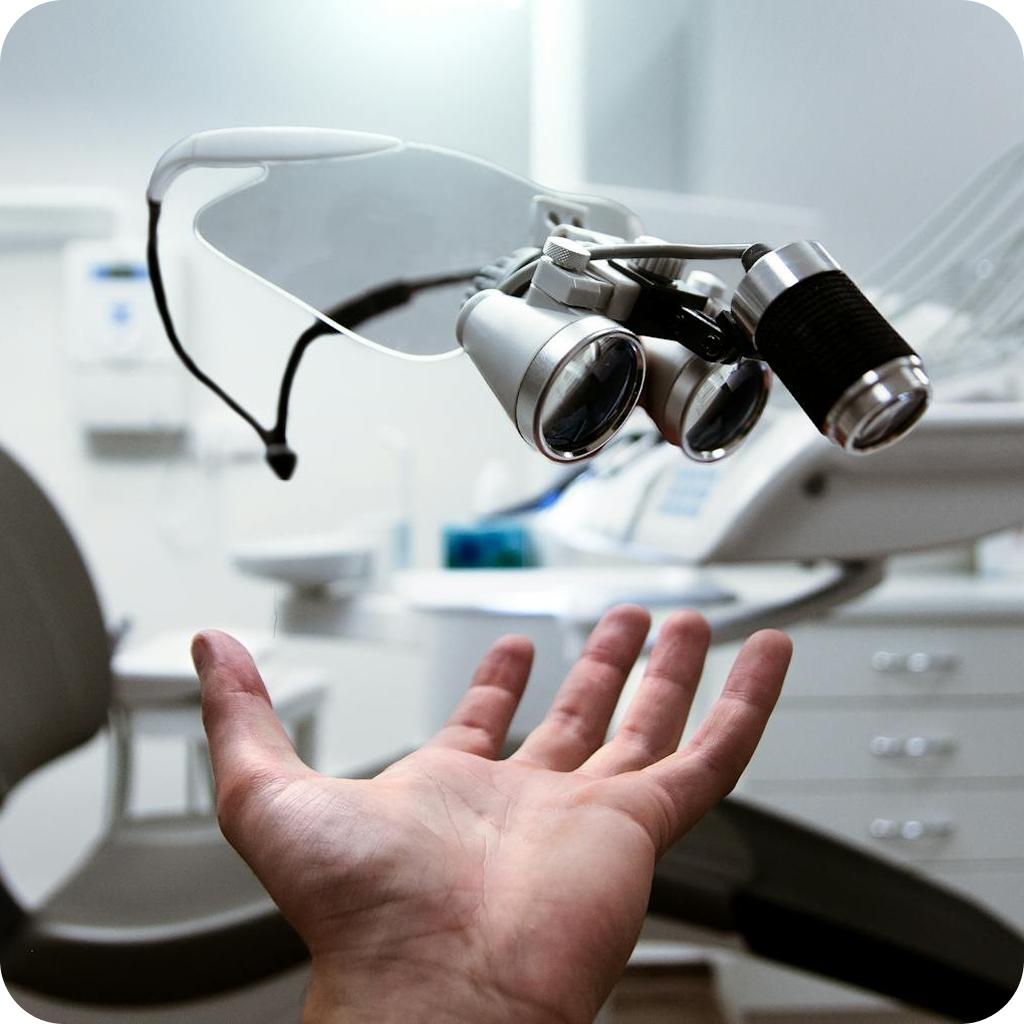
Technologies we use to improve transplant outcomes
At Sigma Software, we specialize in designing and developing custom software solutions tailored to the unique challenges of the organ transplant ecosystem.
Analytics
Organ transplant analytics software supports transplant programs to make informed decisions at each stage of care. Descriptive analytics provides insights into organ offer acceptance trends, waitlist movement, and post-op complication rates. Predictive analytics for organ transplantation helps forecast donor availability, predict patient deterioration, and estimate graft survival.
Most critically, prescriptive analytics in transplant care enables real-time organ offer evaluation, waitlist risk stratification, and preemptive intervention for graft failure. These technologies seamlessly integrate with transplant EHR systems, delivering actionable insights during candidate listing, donor matching, and post-operative planning.
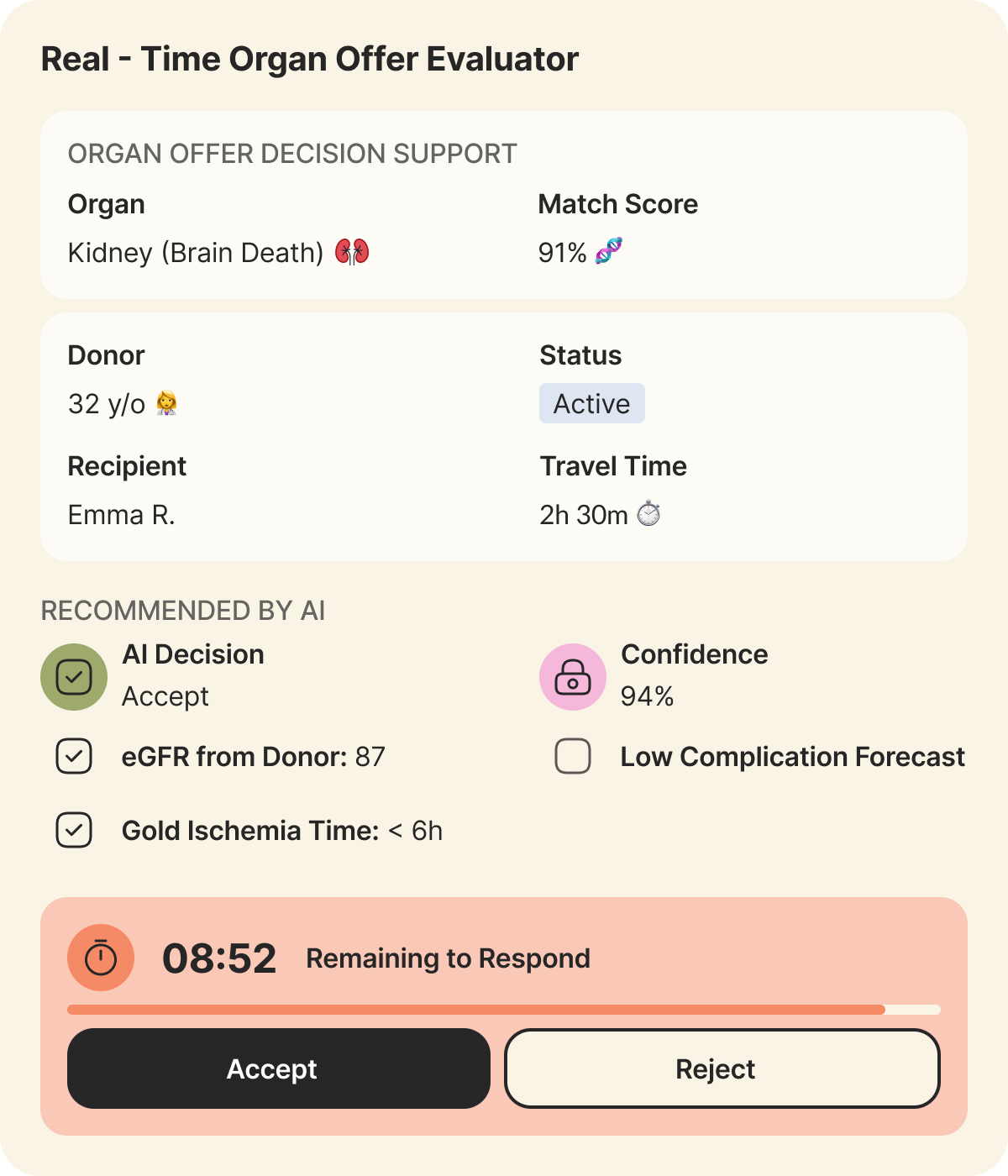
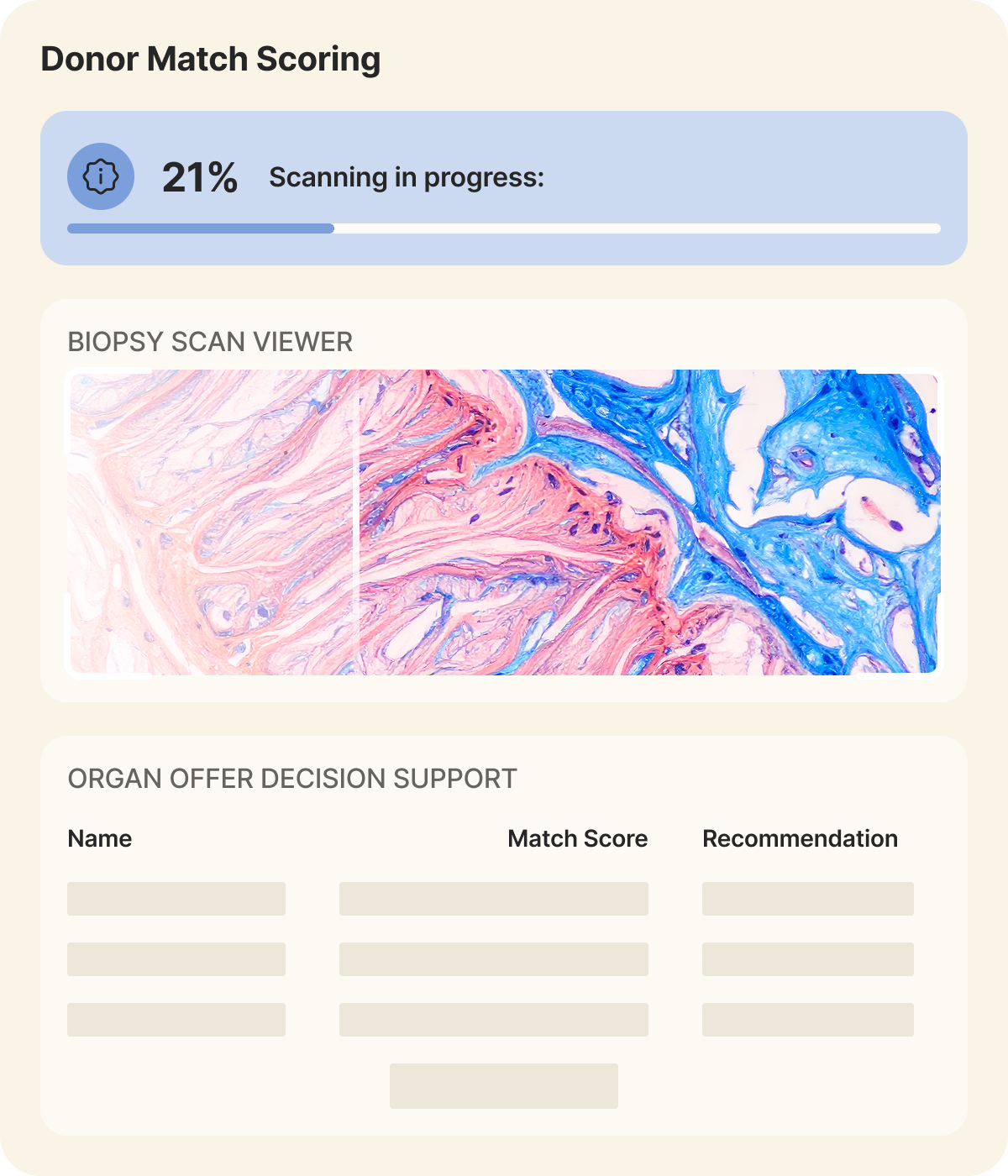
Machine Learning and
Computer Vision
Machine learning in organ transplantation enables automation and precision across clinical decisions. Donor-recipient matching algorithms optimize allocation by analyzing compatibility scores, urgency, and geographic fit. Transplant outcome prediction models help assess long-term risks like rejection or delayed graft function.
Computer vision for transplant imaging is used to analyze biopsy slides, identify viable tissue, and detect signs of organ rejection. In the OR, video analytics for transplant surgery assist in performance review and complication detection. These AI tools improve accuracy, reduce human error, and accelerate high-impact decisions in transplant evaluation and surgery.
Real-Time Monitoring
Real-time monitoring technology for organ transplant care ensures constant visibility during transport, surgery, ICU recovery, and outpatient follow-up. Organ telemetry systems provide live updates on location and environmental conditions during transport. Vitals monitoring software for post-transplant recovery captures critical signs like blood pressure, heart rate, and respiration.
Remote patient monitoring for transplant follow-up supports early intervention by alerting teams to complications after discharge. These tools integrate into secure, compliant environments, ensuring transplant teams have immediate access to data across the entire post-transplant timeline.
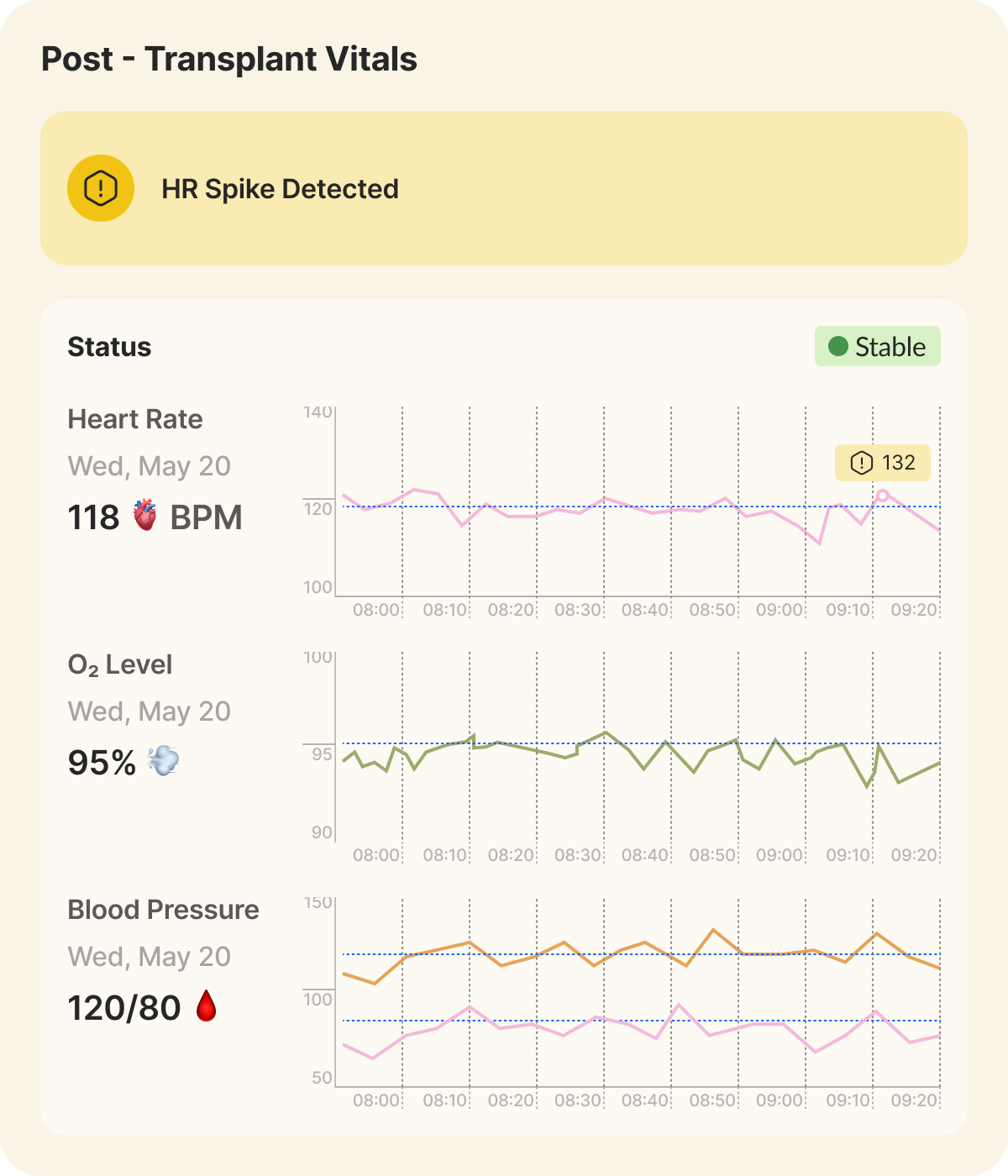
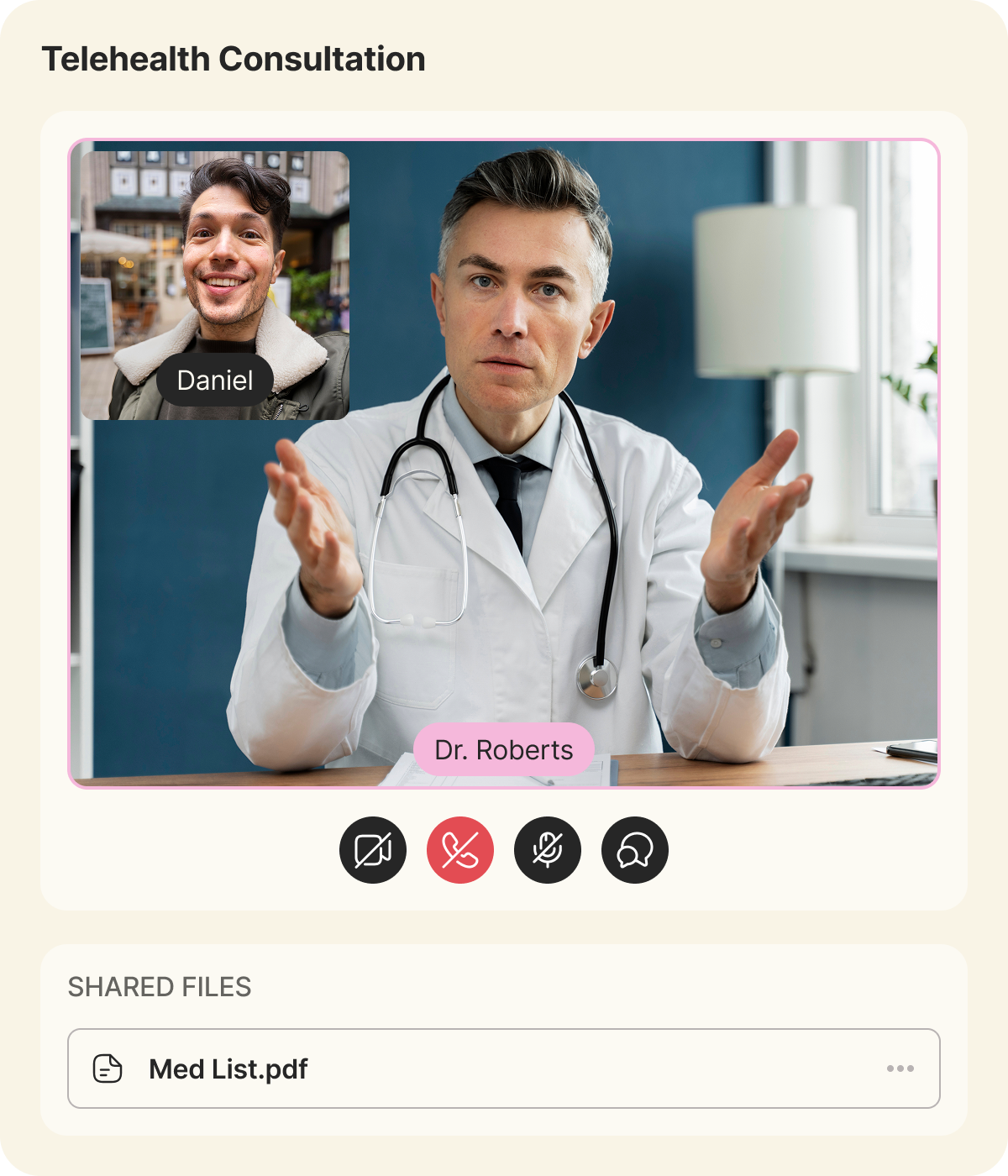
Telehealth
Telehealth solutions for organ transplant programs enable remote care without compromising clinical quality. Use cases include virtual transplant evaluations, where candidates and donors can be assessed via video consults and shared documentation. Telemedicine for living donors supports psychological screening, consent, and education.
Post-surgery, telehealth for transplant follow-up allows teams to check vitals, review medications, and escalate care when needed. All platforms support HIPAA-compliant transplant communications and interoperability with hospital systems, helping programs expand reach and reduce delays throughout the transplant care continuum.
Why Our Technology Approach Matters
Choosing the right technical foundation is critical for transplant organizations navigating clinical complexity, strict regulations, and the need for real-time data.
At Sigma Software, our team builds organ transplant solutions that align with your workflows. We integrate seamlessly with EHRs, donor registries, and labs using FHIR APIs and HL7 messaging, enabling automated organ offer exchange and referral tracking.
Our custom solutions are HIPAA-compliant, GDPR-ready, and built with end-to-end encryption, access controls, and audit trails — ensuring full regulatory compliance and data security.
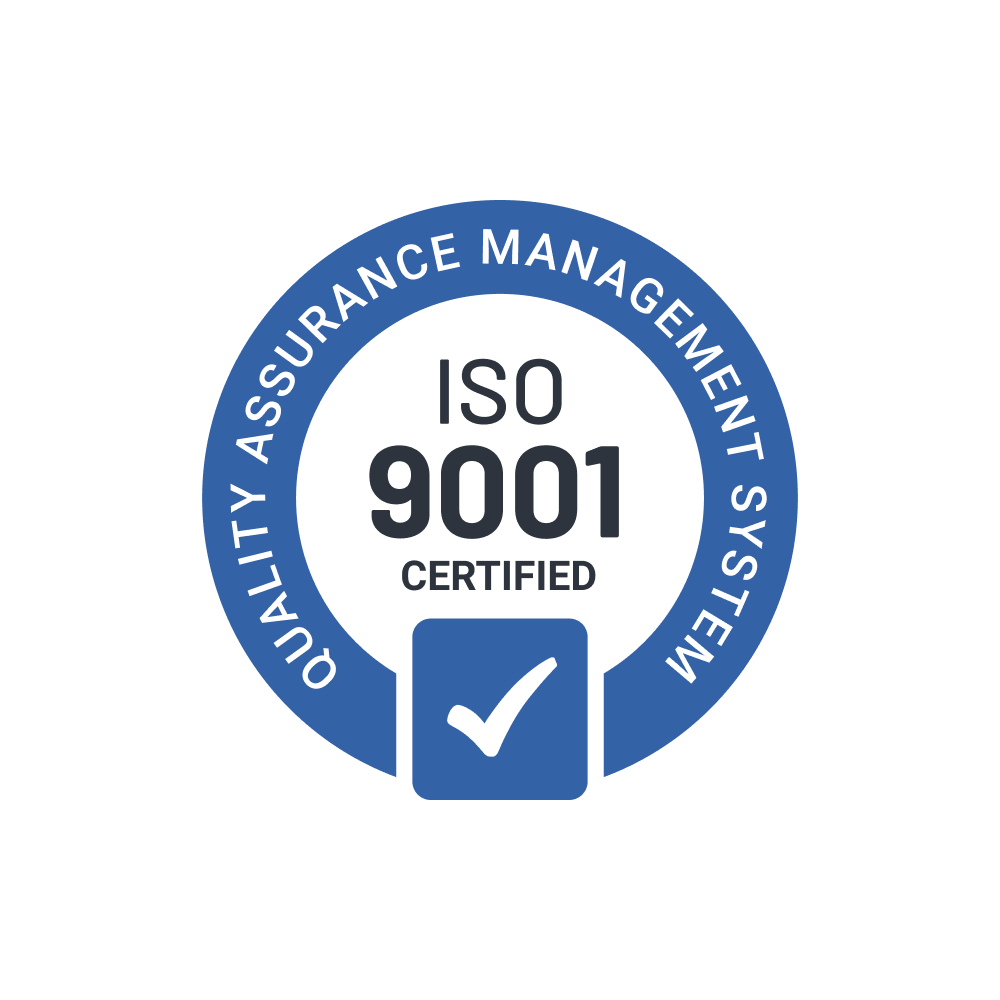
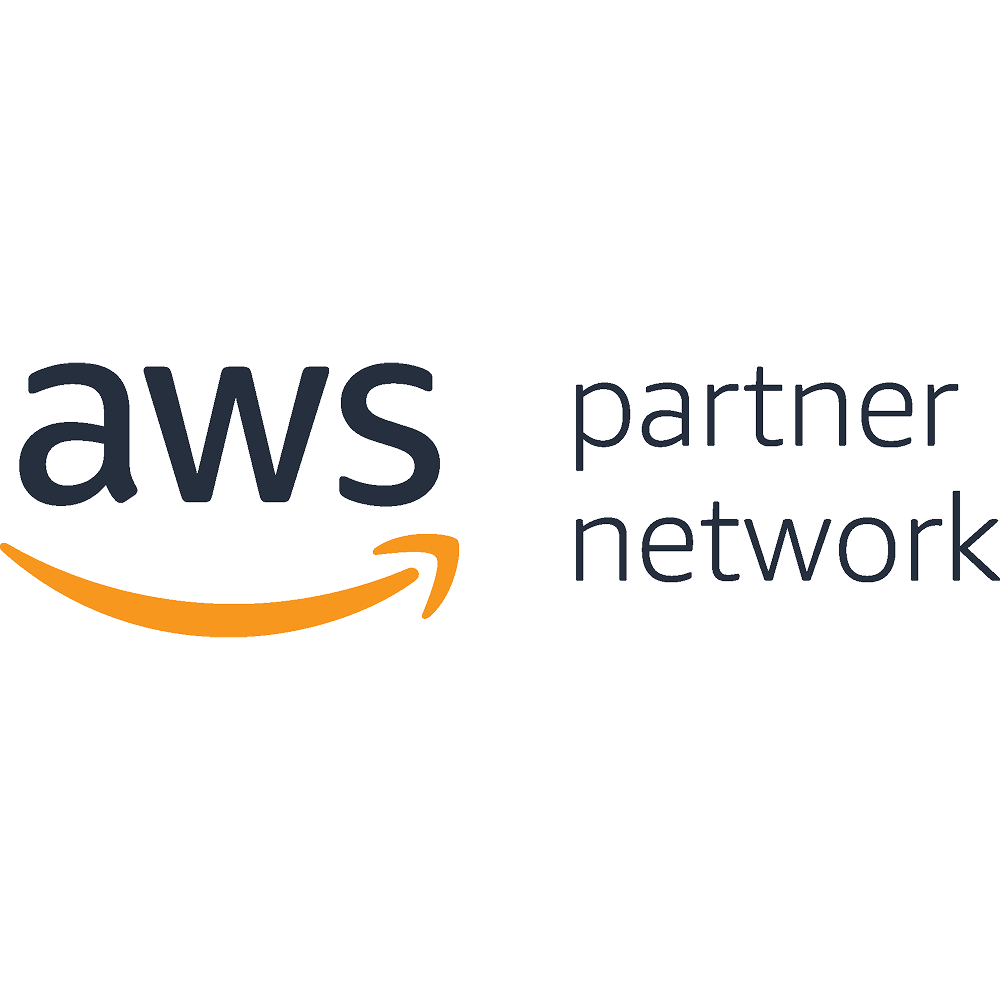


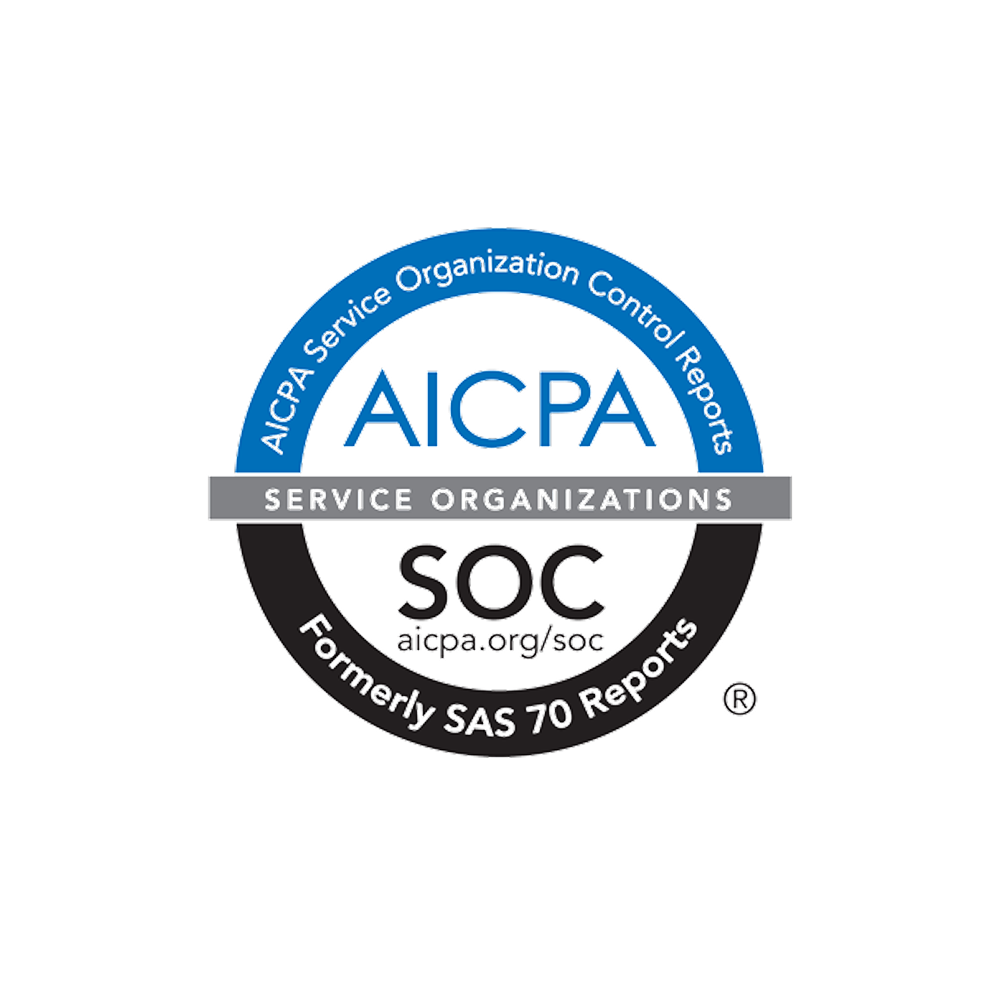
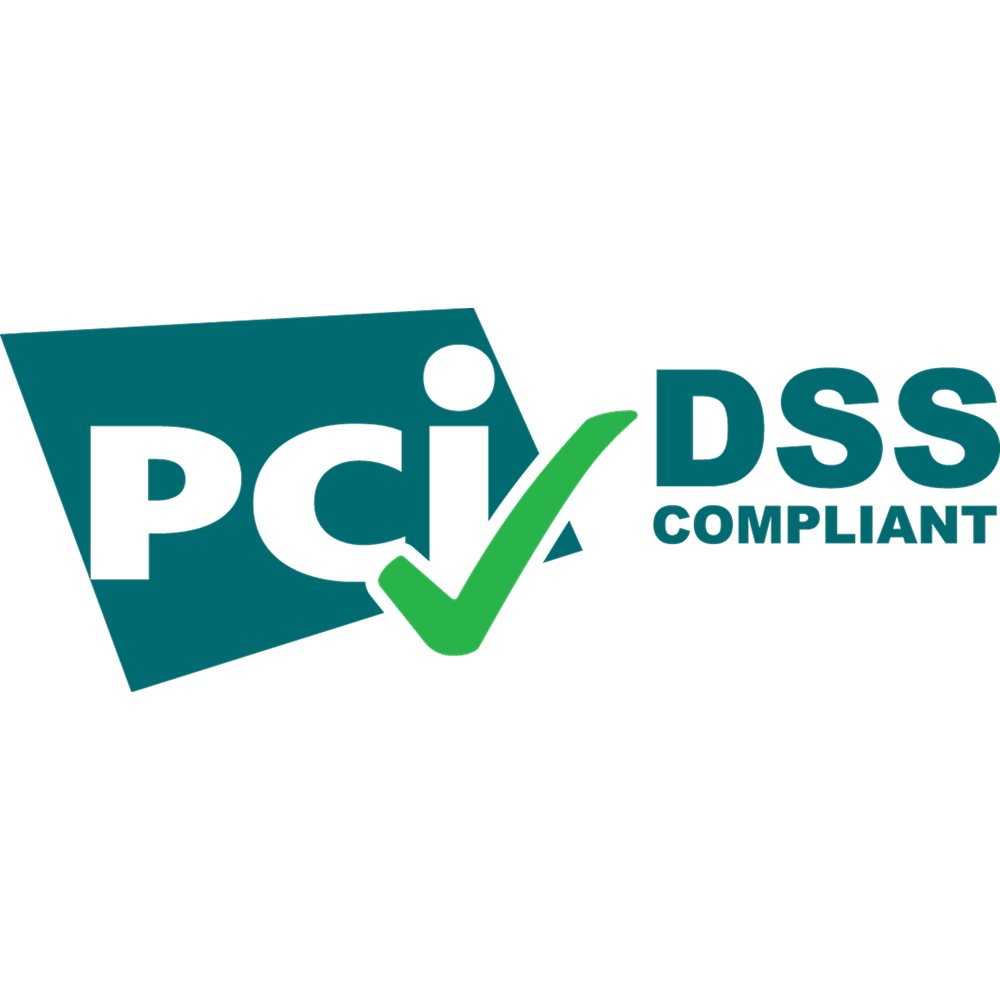
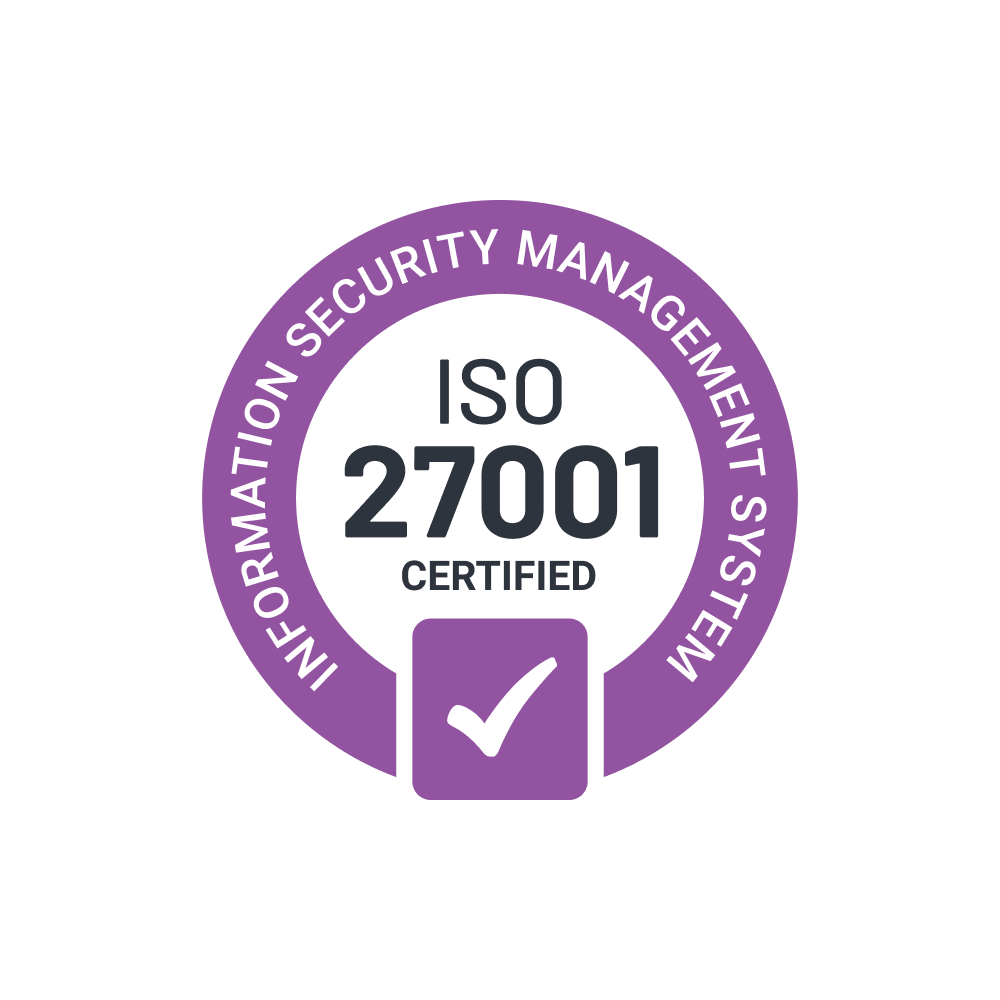

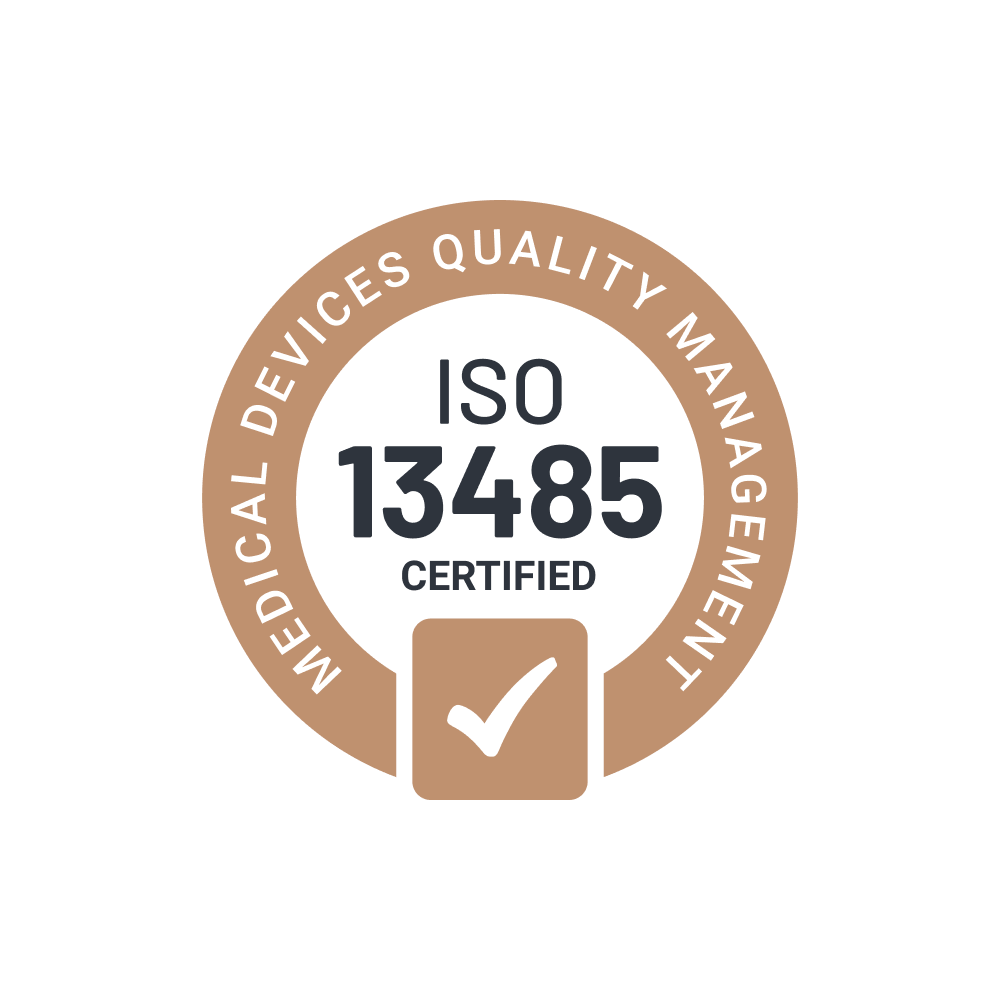
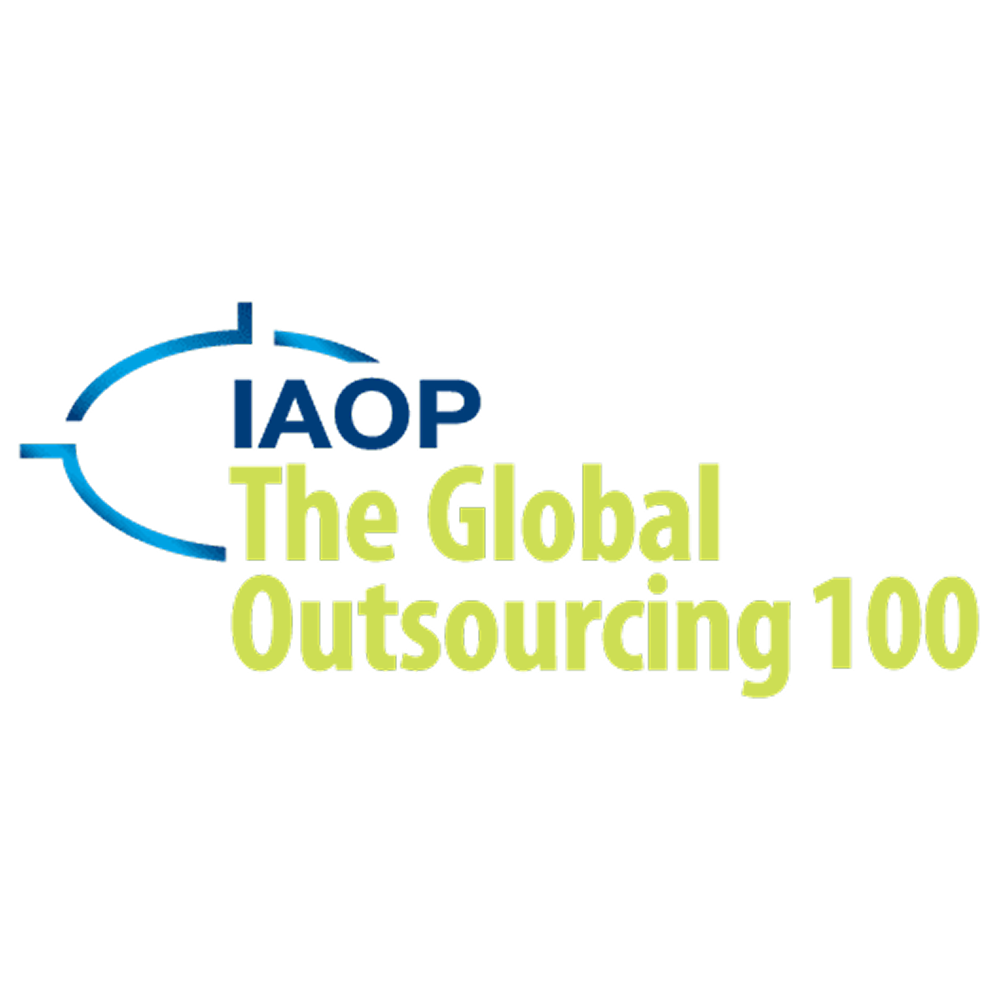
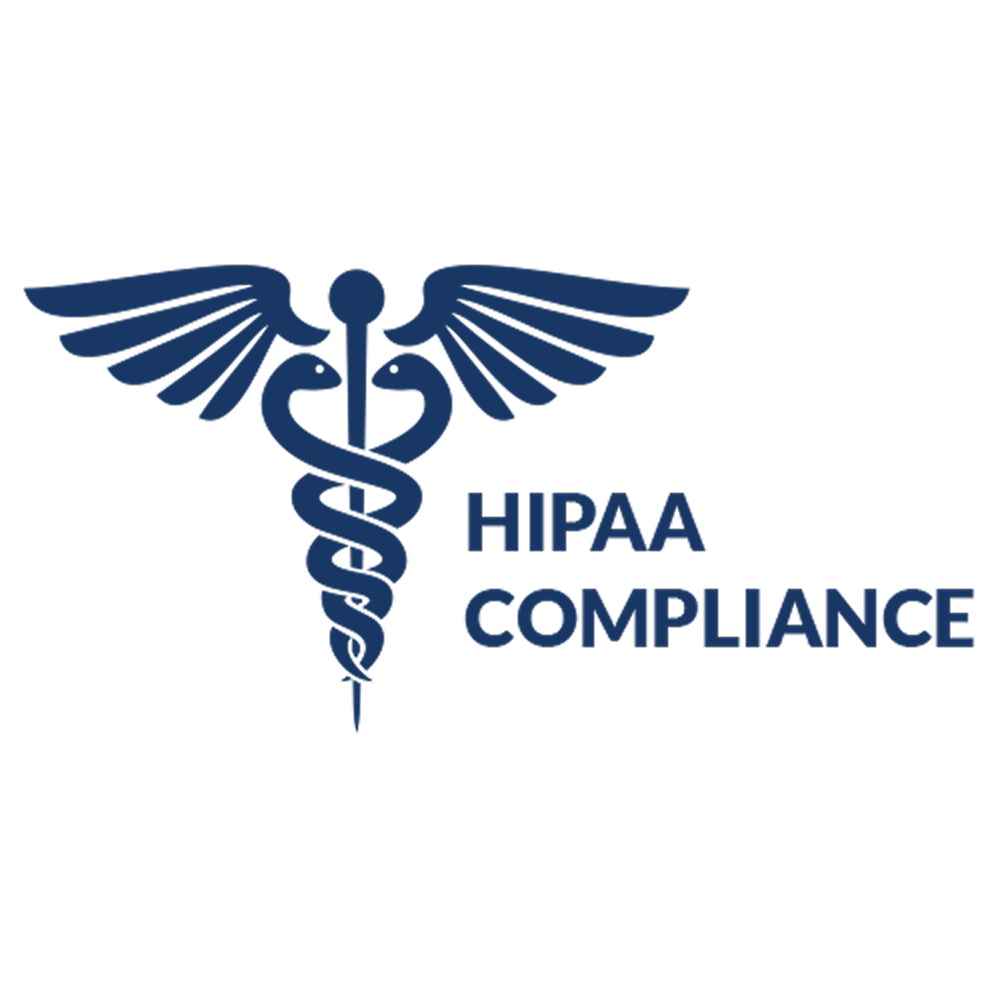
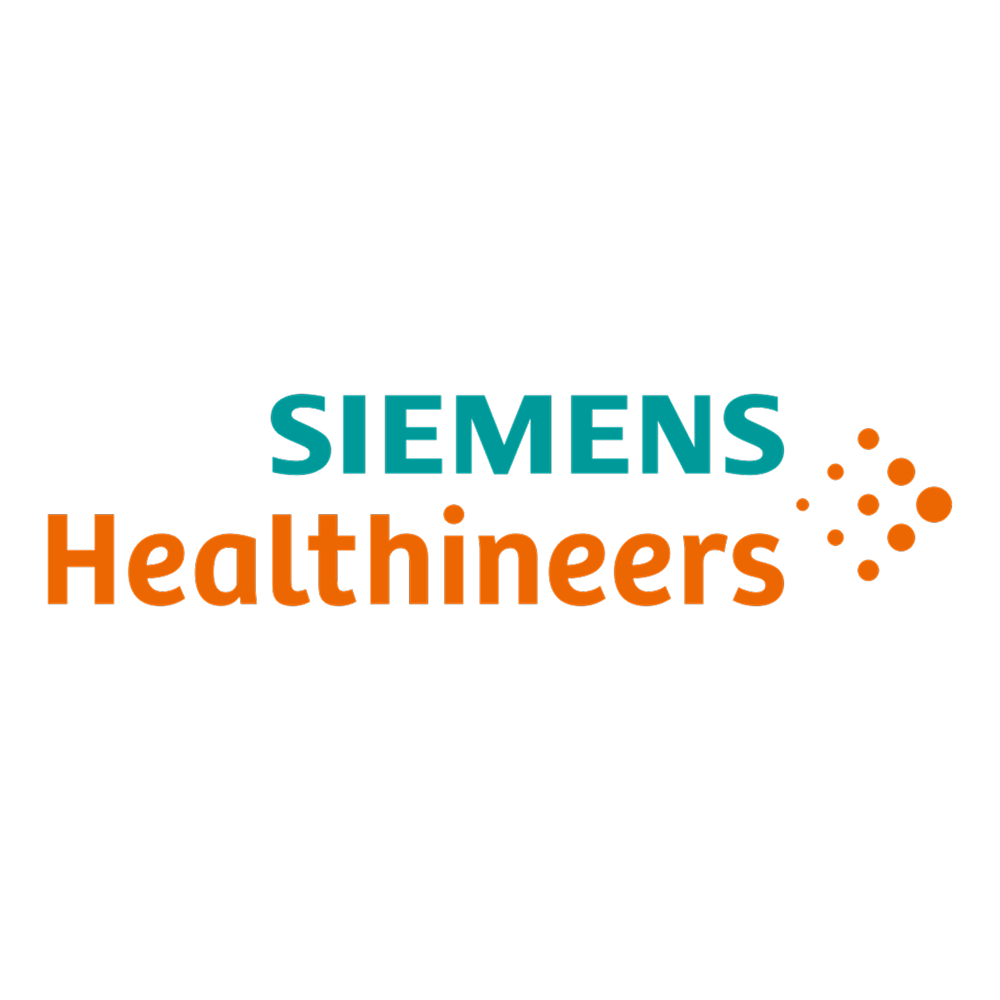

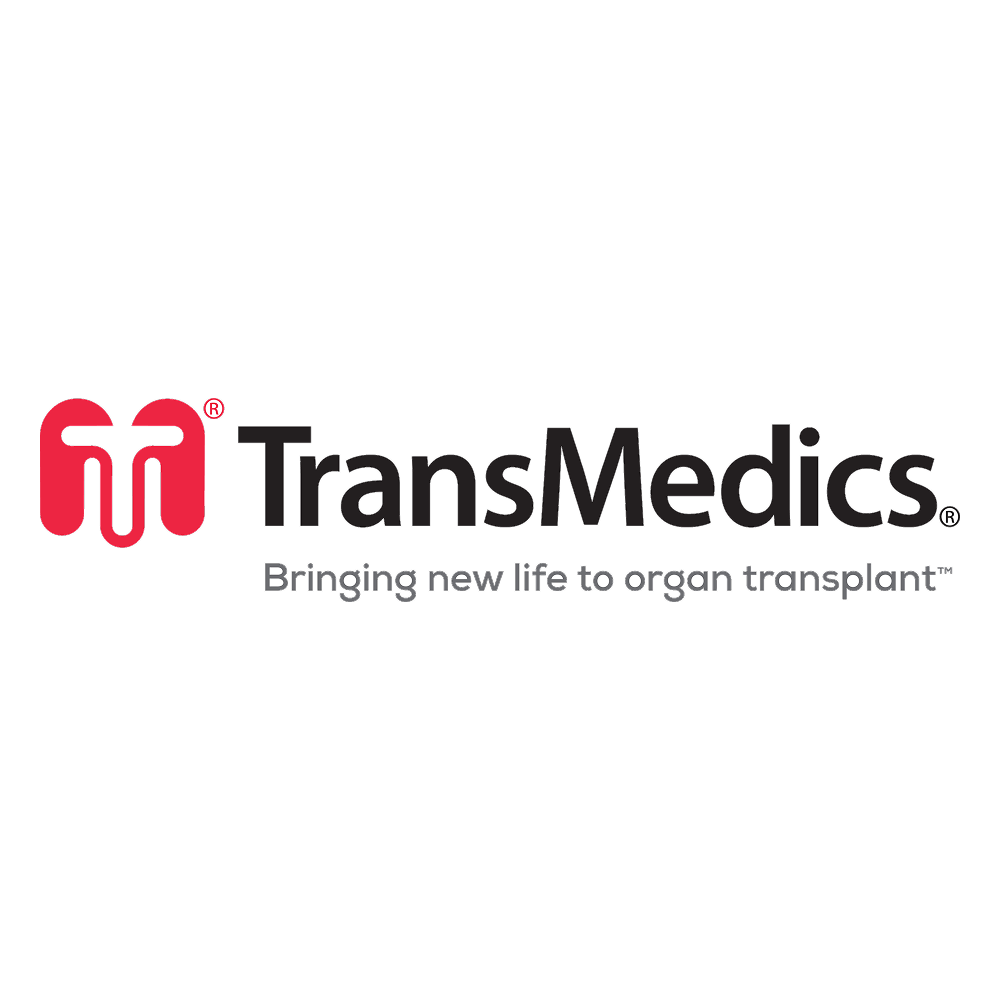

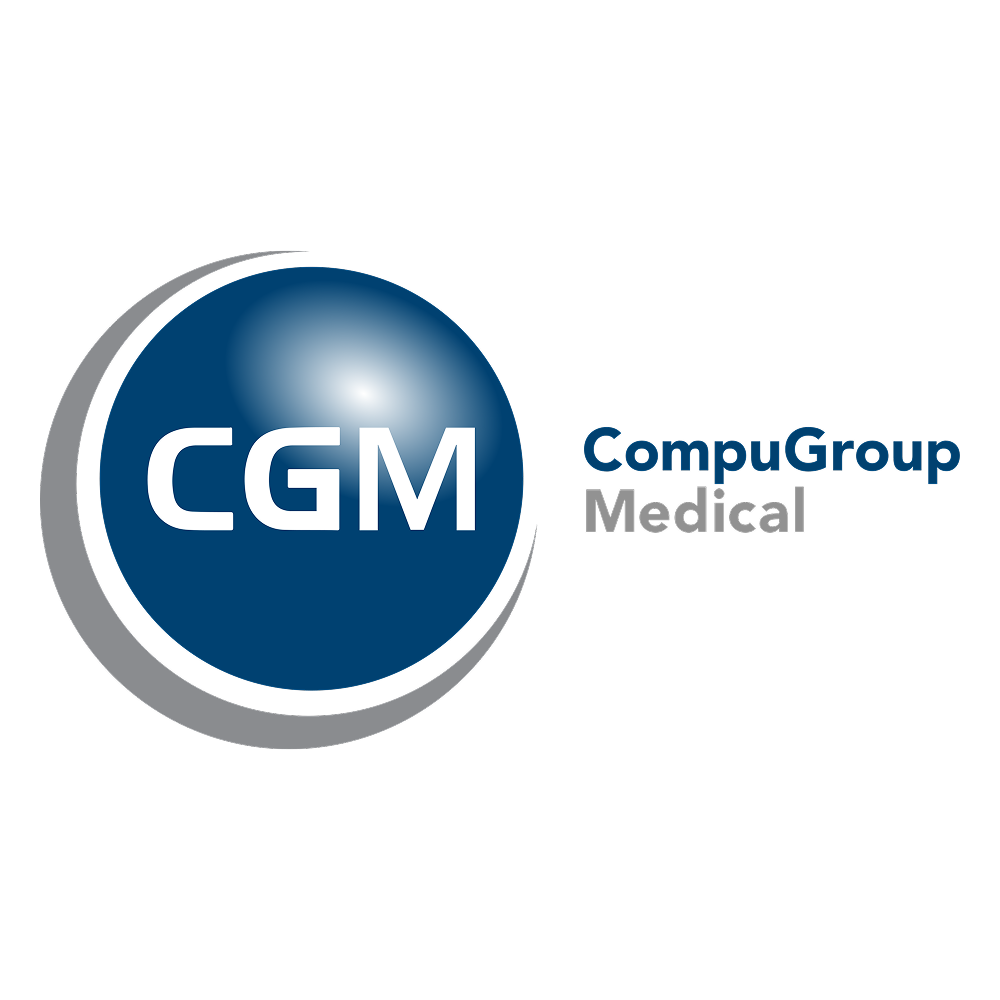
How We Support Every
Step of the Transplant Ecosystem
We build secure, tailored solutions for every stage of the transplant process. By collaborating with transplant centers, hospitals, OPOs, and logistics teams, we tackle key challenges and develop tools that improve outcomes, ensure compliance, and simplify operations.
Patient & Donor Management
With experience in AI models that forecast survival and match suitability, we design platforms that streamline patient evaluation, referral, and waitlisting. For living donors, we create secure registration portals and long-term monitoring systems focused on privacy and usability.
Donor Identification & Consent Management
Hospitals and OPOs rely on us for automated consent workflows and real-time donor detection. Our team builds platforms that simplify legal communication with next-of-kin, trigger alerts based on patient data, and document death declarations in full compliance.
Organ Procurement & Matching
Sigma Software development team has an extensive experience in developing AI-based organ matching systems aligned with your priorities—urgency, geography, immunological fit—and integrate them with real-time availability feeds and hospital coordination workflows.
Organ Recovery & Transportation
For OPOs and logistics teams, we deliver GPS-enabled transport tracking, cold chain monitoring, and AI-powered scheduling systems. Our team develops tools that help preserve every organ and maintain full visibility throughout the journey.
Transplant Surgery & Recipient Preparation
Our team supports surgeons by developing risk analysis tools, scheduling dashboards, and integrated diagnostic data pipelines. Each system is customized to hospital workflows—streamlining prep, improving collaboration, and reducing last-minute complications.
Continuous Support & Regulatory Compliance
Our goal is to help transplant organizations to meet complex reporting requirements through automated monitoring, integrated analytics, and seamless EHR connections. Whether you're preparing for a UNOS review or syncing with national registries, we build exactly what you need.
Post-Transplant Care & Monitoring
We create platforms that track vitals, medication adherence, and early signs of rejection using AI. Our team develops solutions—built on experience with large-scale behavioral health data—are secure, predictive, and intuitive for both patients and providers.
Let’s reduce delays, improve outcomes, and bring clarity
to your transplant workflows — together.
Custom Solutions for Real-World Challenges
At Sigma Software, we craft bespoke digital solutions that address the critical needs of the organ transplant ecosystem—streamlining workflows, enhancing data accuracy, and supporting life-saving decisions every step of the way.
Donor Evaluation & Viability Platform for Organ Transplant Programs
Overview:
A transplant coordination center partnered with our team to develop a custom transplant software solution tailored to the high-stakes environment of organ donation and allocation.
The result:
A centralized Donor Evaluation & Viability Platform that improves the accuracy, safety, and speed of pre-donation donor assessments.
Unlike off-the-shelf transplant workflow automation tools, this platform was built from scratch around the center’s specific clinical criteria, organizational structure, and regulatory needs. It now serves as a real-time, shared system for donor viability analysis, powering confident decisions with AI-based scoring, structured vitals capture, and collaborative access for all transplant stakeholders.


Patient Monitoring Before Transplant
The Challenge:
A transplant center struggled with fragmented patient data, long evaluation timelines, and inconsistent patient engagement.
Problems We Solved:
- No real-time data sharing across departments
- Manual tracking of evaluation stages
- Delays in risk profiling and eligibility decisions
- Low patient engagement and adherence
Our Solution:
We built a centralized platform integrated with EHRs to track evaluation progress, powered by AI for risk scoring and waitlist forecasting. A patient-facing portal boosted engagement through education and checklists, while clinical dashboards enabled better decision-making.
Patient Monitoring After Transplant
The Challenge:
A client needed to improve follow-up care with better rejection risk monitoring and long-term health tracking.
Problems We Solved:
- Delayed detection of complications
- No centralized post-op monitoring
- Poor adherence tracking
- Disconnected care team communications
Our Solution:
We created an AI-assisted platform that combines wearable data, lab results, and EHR inputs. Custom alerts flagged early issues, and patient-facing features—including reminders and a health diary—supported communication and adherence.
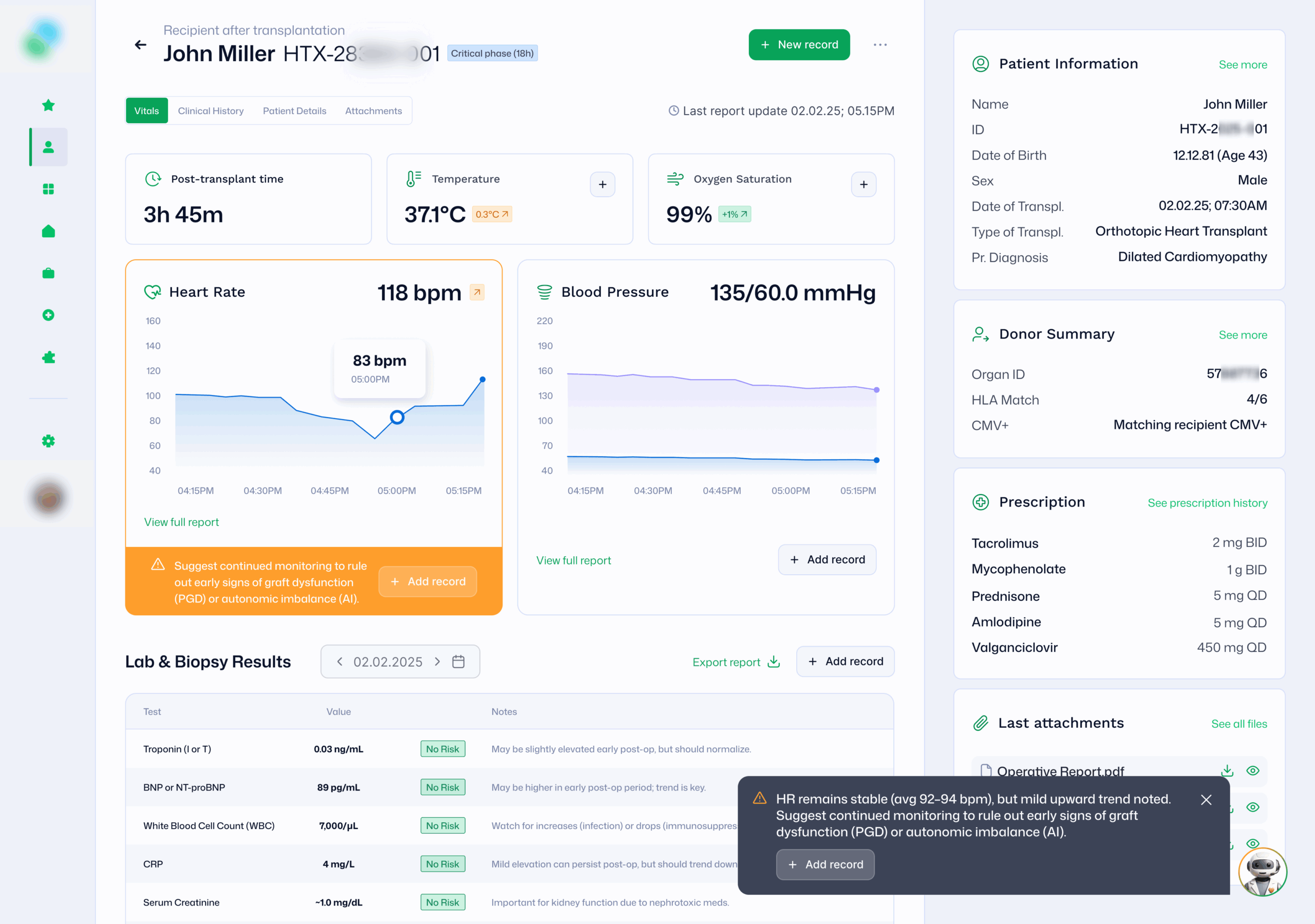
Ready to find solution?
Let’s talk about your unique transplant workflow and design a custom digital solution that drives measurable improvement—whether it’s in SRTR/UNOS performance, patient monitoring, organ logistics, or regulatory compliance.
Request Free contact to discuss solution
or you can book a call right now
Build Your Custom Implementation Plan
Your plan will include timelines, integrations, and long-term support. We’ll build your MVP or full solution, implement it with your team, and provide ongoing improvements to ensure clinical impact and regulatory confidence.
Launch and Optimize
Based on our findings, we’ll propose personalized solutions—AI-powered tools, predictive analytics, compliance systems, or custom workflows—designed to improve outcomes, reduce delays, and align with SRTR/UNOS benchmarks.
Understand Your Transplant Workflow
From our first conversation, we’ll dive into your transplant center’s unique challenges—whether clinical, operational, or regulatory. We’ll review your current systems, data flow, and goals to design a fully tailored digital strategy.
Our specialists

Andrii Pastushok
Product Management | Custom Software for Organ Transplantation | Healthcare | Machine Learning | Cyber Security

Julia Buinova
Organ Transplantation Software Solutions Consultant | Enabling Healthcare Innovation Through Software Solutions

Hanna Tiselko
Helping Transplant Centers & E-commerce Businesses Scale | Product Strategy | Improving the rating of transplant centers
Why Real-Time Data is the Future of Organ Transplantation
Predictive Analytics in Organ Transplantation: A Guide for Transplant Centers
Custom AI & Software Development for Organ Transplant Centers
We know that innovating
in healthcare can be complex
That’s why our collaboration model is simple, transparent, and built to reduce risk from day one.
step 1
You reach out with a challenge
Whether you’re facing delays in organ matching, struggling with patient monitoring, or need to streamline communication with OPOs and insurers — you tell us what’s not working.
We take time to listen and ask the right questions.
- Who’s involved: Your decision-makers, medical or admin team.
- Output: A clear understanding of your situation and goals.


step 2
We Run a Free Interoperability & Compliance Audit
We assess your FHIR readiness, HL7 interfaces, and compliance posture across systems like EHRs, donor databases, and labs.
- We assess gaps in FHIR and HL7 data exchange, identify HIPAA and GDPR compliance risks, and detect system fragmentation and delays.
- You get: A visual summary of integration opportunities and security gaps
step 3
We deliver a strategy and estimate
Based on the audit, we build a tailored transformation roadmap with FHIR-based architecture, HL7 messaging workflows, and HIPAA-compliant software design. You’ll get a prioritized strategy, architecture sketches, timeline, and cost breakdown.
- Includes API specifications, timelines, an MVP plan, EHR integration options (Epic, Cerner, or custom), and built-in audit logging with encryption.
- You get: Transparency, choice of pace, and confidence in ROI.


step 4
We build an MVP or full solution
Our cross-functional team (designers, engineers, medical experts) starts building — in short cycles, with regular demos. You stay in control, reviewing key milestones and providing feedback.
- Agile delivery: Every 2–3 weeks we show results.
- Your role: See progress, approve, or adjust.
step 5
We support and scale with you
Once the system is live, we provide monitoring, optimization, and support.
Need to scale to other departments or hospitals? We’ll help you roll it out safely.
You’re never left alone with the tech — we stay involved.
- Ongoing support: SLA-based or on-demand.
- What you gain: A stable, growing system with measurable results.

Ready to Build the Future of Transplant Care?
We build software that connects people, data, and decisions — securely and at scale.
Subscribe to the news
be at the top of the information chain – be the first to know the news.
FAQ
All data is encrypted end-to-end, stored on secure HIPAA-compliant infrastructure, and governed by strict role-based access protocols. Cloud and on-prem deployments are available.
Yes. Maintenance, troubleshooting, and feature updates are included in long-term engagement models.
Typical results include faster match processing, reduced paperwork, better risk insights, and simpler reporting for audits and registries
Best-in-class practices, including encrypted backups, network isolation, intrusion detection, and multi-region failover, are applied by default
At Sigma Software, we design and develop secure, HIPAA-compliant transplant software for hospitals, Organ Procurement Organizations (OPOs), and organ transplant centers across the United States. Our transplant technology solutions help IT teams streamline operations, integrate systems, and support clinical decisions through:
- Predictive analytics for donor-recipient matching
- Real-time patient monitoring for transplant units
- Machine learning models for graft survival forecasting
- EHR, FHIR, and HL7 integration for transplant workflows
- Custom telehealth platforms for pre- and post-transplant care
- AI-powered transplant risk prediction software
- Organ transport tracking with GPS, IoT sensors, and real-time data
- Custom dashboards for ICU and OR transplant monitoring
- FHIR-based APIs for lab automation and organ offer systems
- Image recognition tools for biopsy interpretation and surgical video analysis
- Post-transplant remote monitoring platforms with real-time vitals integration